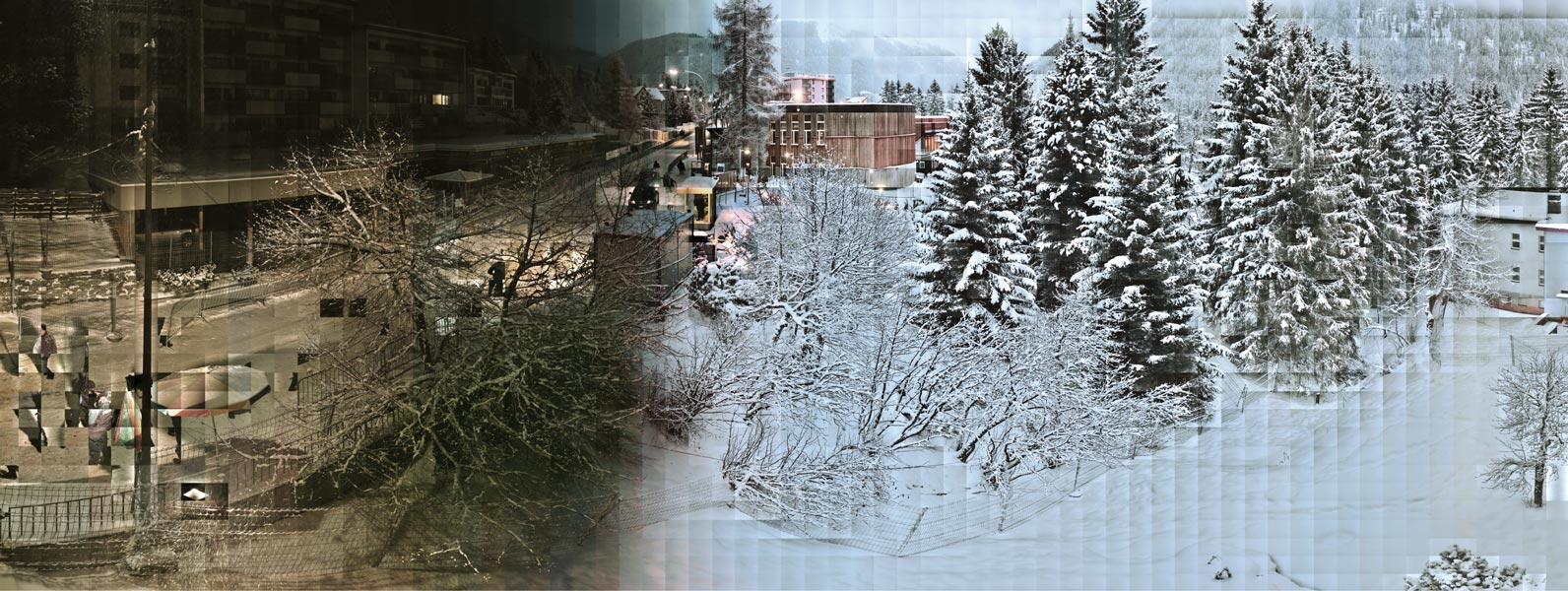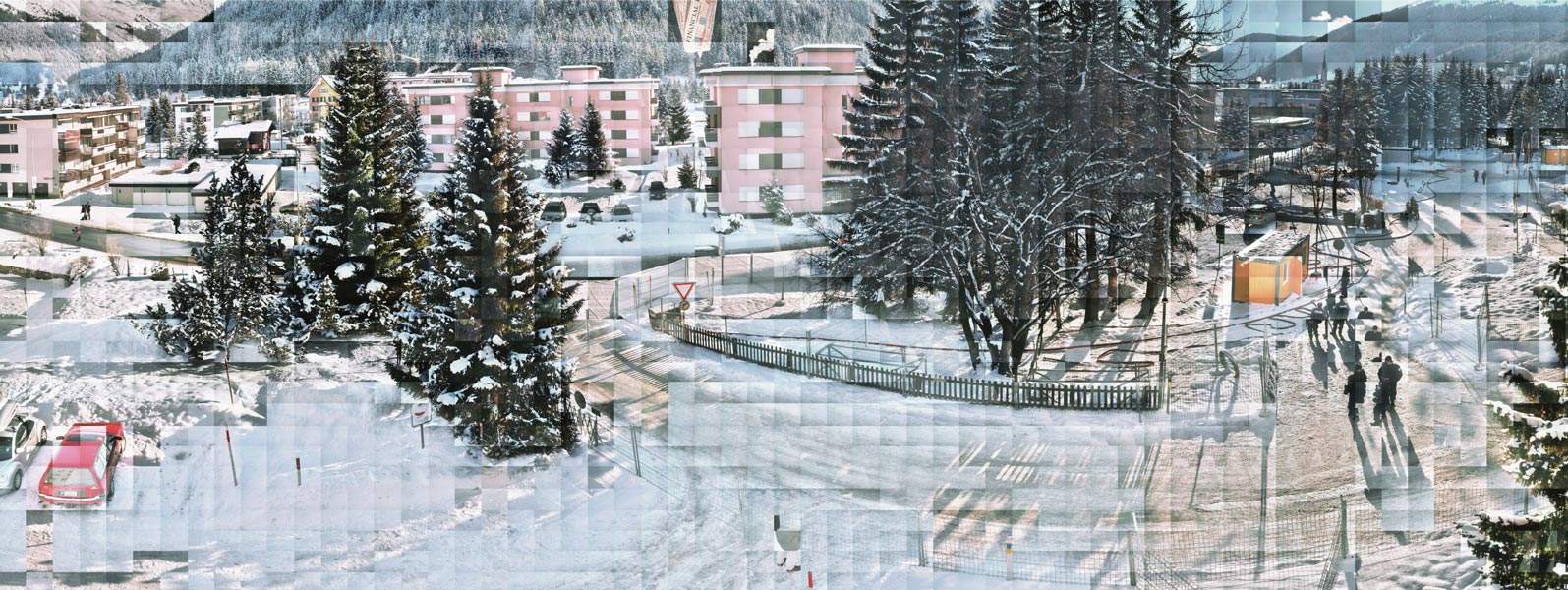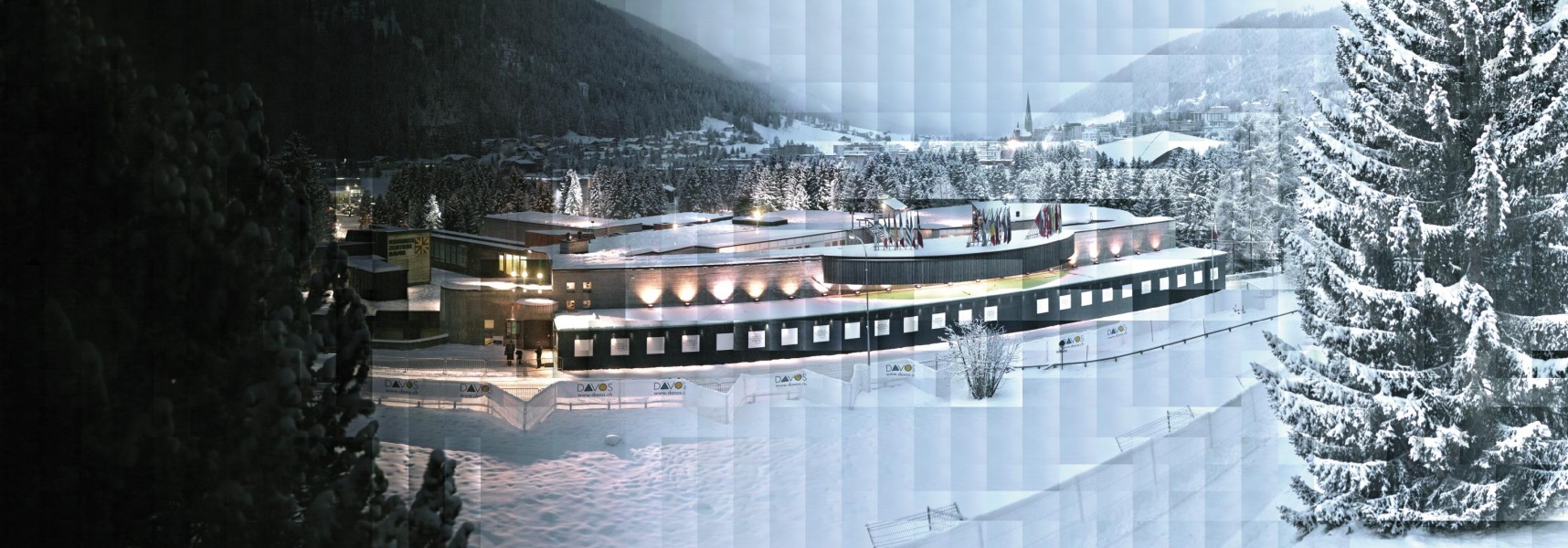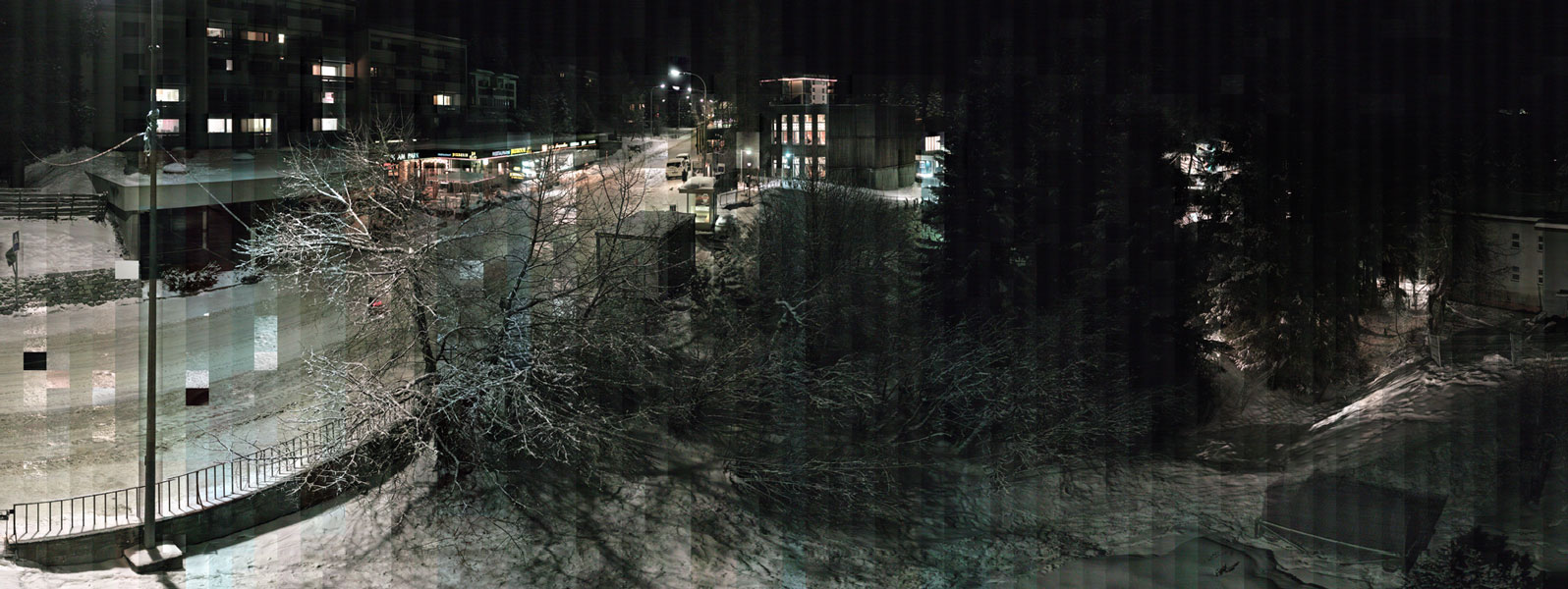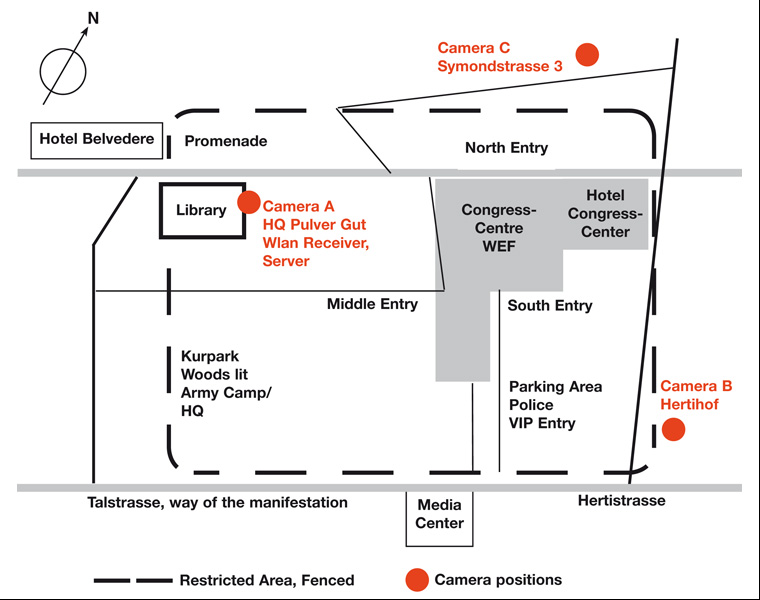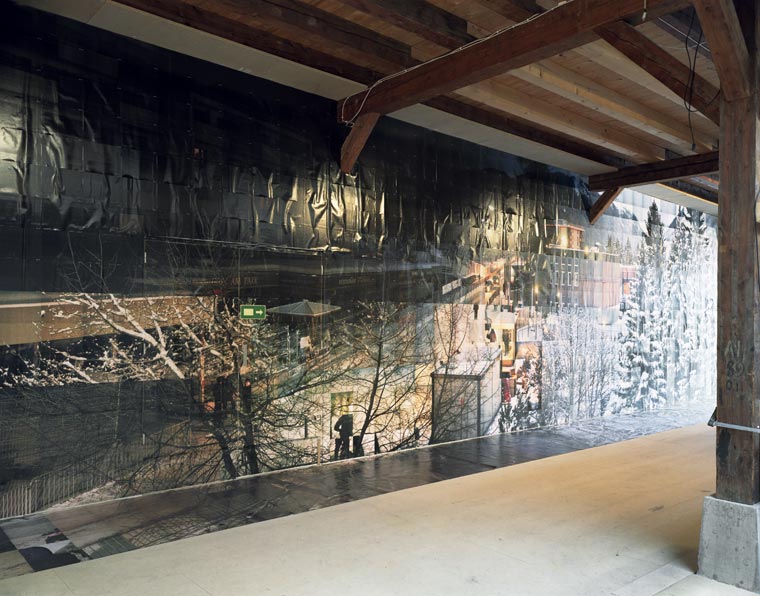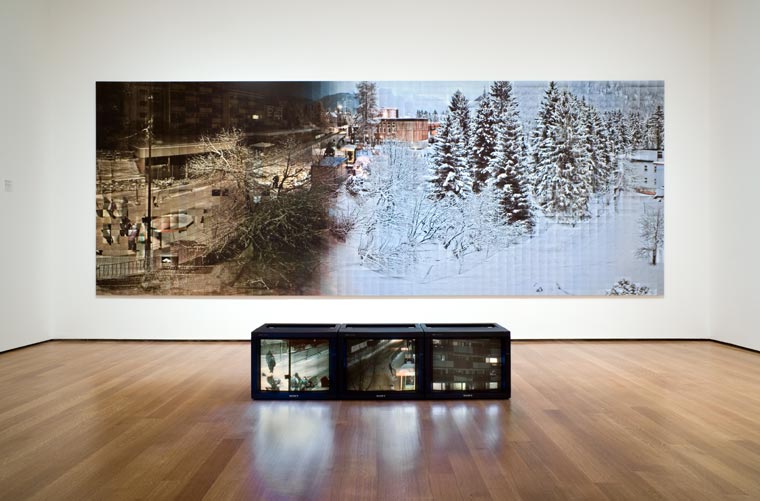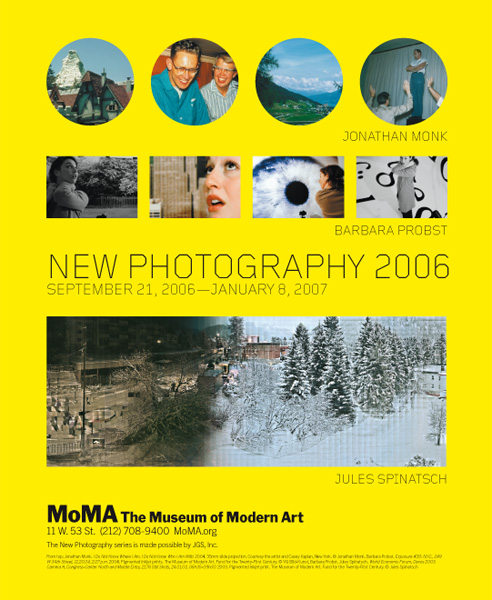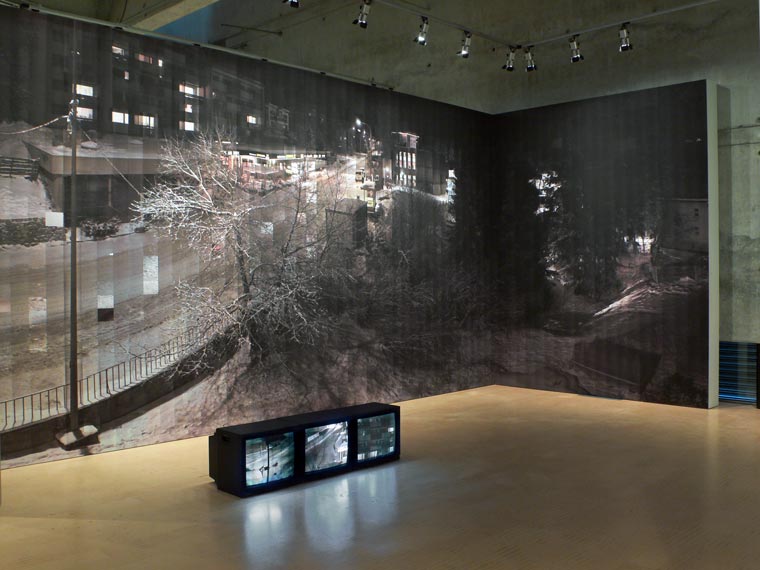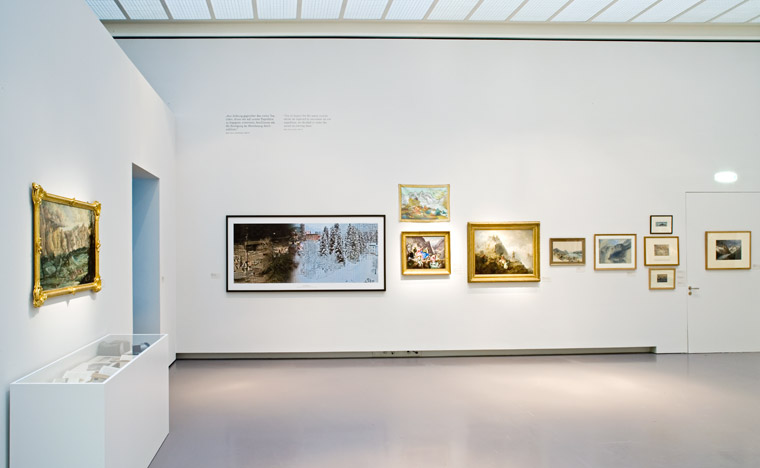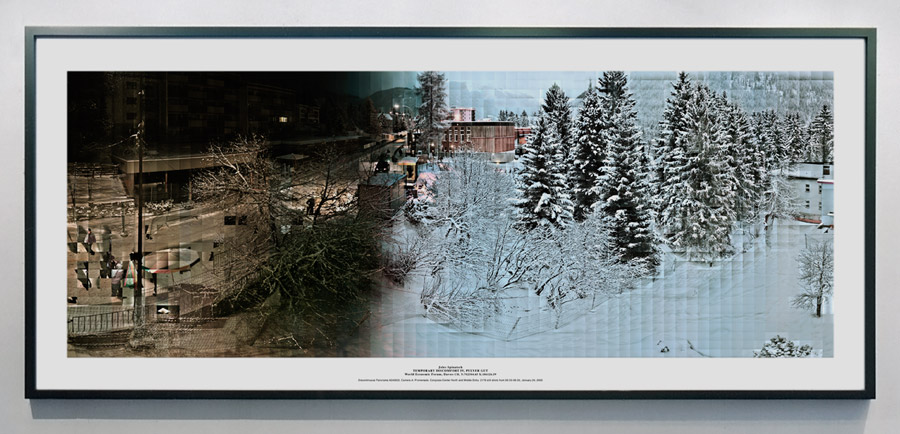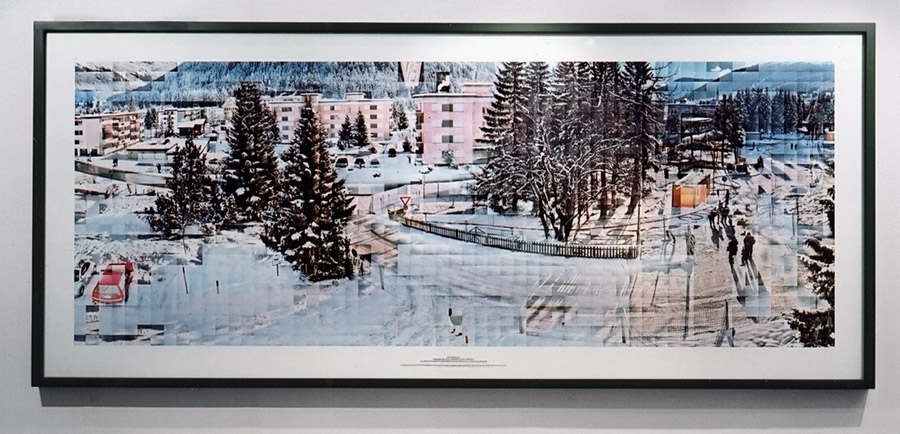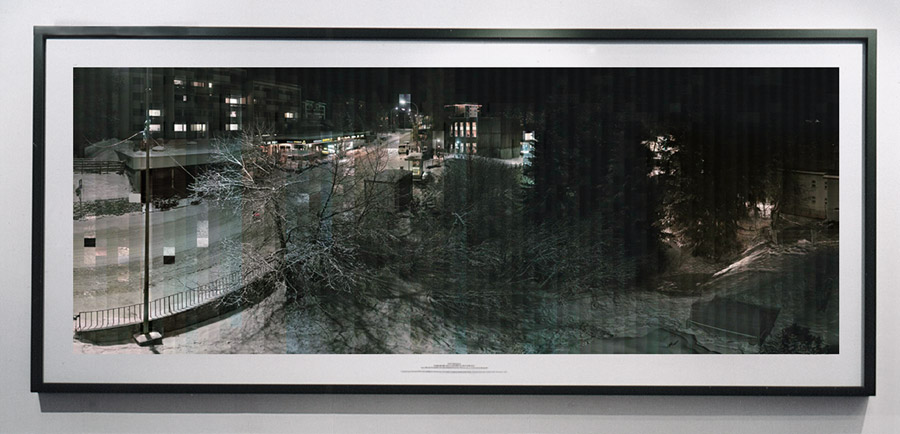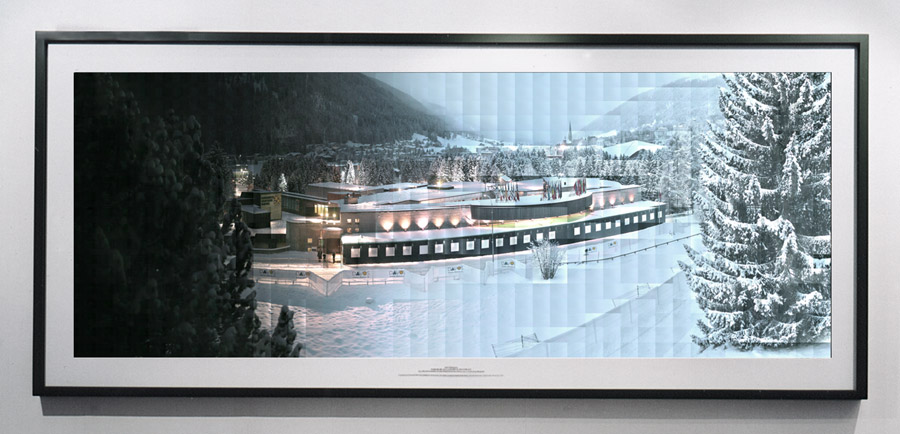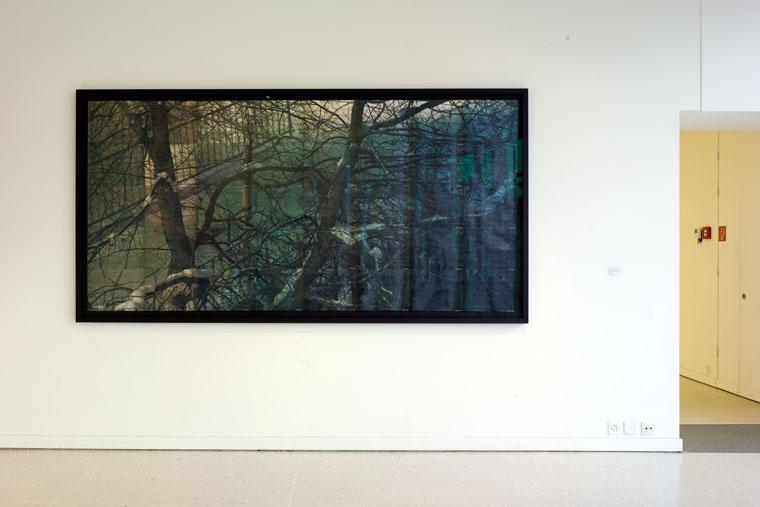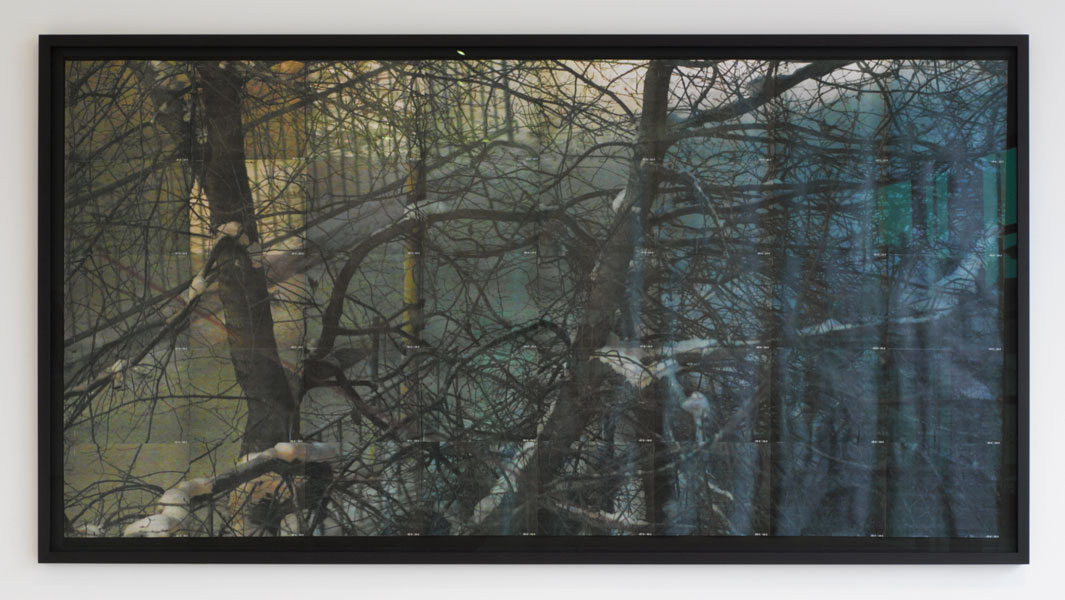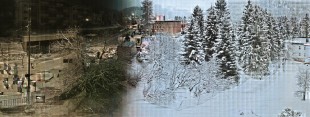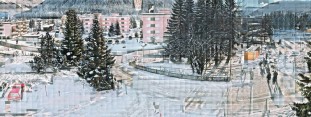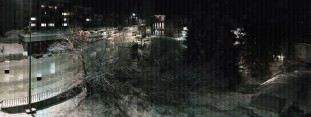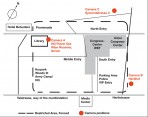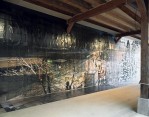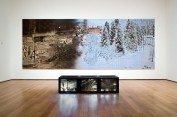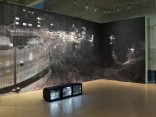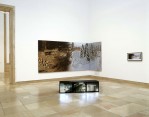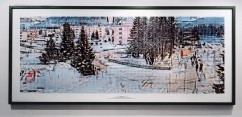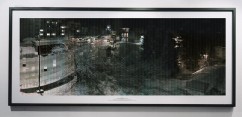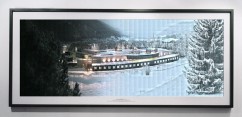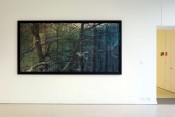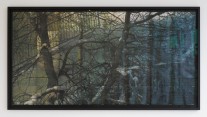Temporary Discomfort, Chapter IV, Pulver gut, 2003
WORLD ECONOMIC FORUM WEF, DAVOS, January 2003
The declared goal of the security strategy proposed by the report on the World Economic Forum 2001 was to delegitimize violent protesters by dividing the protesters amongst themselves in a so–called “playground scenario”, one of three proposed scenarios (besides a bunker scenario and a marketplace scenario). The playground scenario proposed the inclusion of NGOs and adversaries of globalization willing to engage in discussion and allowed for protests under the condition of strict adherence to a set of rules. The basic structure of the event remained unchanged, however: “The annual meetings of the WEF basically remain an exclusive meeting place for top managers, economic leaders, and politicians. This basic intent of the WEF limits, at the same time, the scope of a possible inclusion of grassroots movements.” The proposed divisive strategy was successfully implemented the next year, when trains were controlled in Fideris, and violent demonstrators ended up blocking those willing to be controlled.
I now wanted to work on par with the security forces and to subversively turn their technology against themselves. Just like in a high–tech war I wanted to create images without being physically present by using remote–controlled cameras.
The panoramic views of skiing areas, recorded by network cameras (zoom cameras that can be turned and tilted), on the website www.davos.ch showed a possible approach. The decisive aspect is their programming. Together with Reto Diethelm, an engineer specialized in their programming, we developed and installed a surveillance triangle with three cameras, covering almost seamlessly the entire environment of the WEF. Our goal was to condense as much information, spatial as well as temporal, in a high–resolution panorama. Our headquarters was the library, closed for security reasons, at the border of the cordoned–off area—seven days of lonely programming and data evaluation.
The precisely calculated arbitrariness of the surveillance cameras turned into a high–tech farce on the day of the protest. We had to start the camera without exactly knowing when and from where the protest would start. The cameras recorded the entire time frame, yet only one protester is there to be seen, since the movement of camera B and the protest were off–synch.
